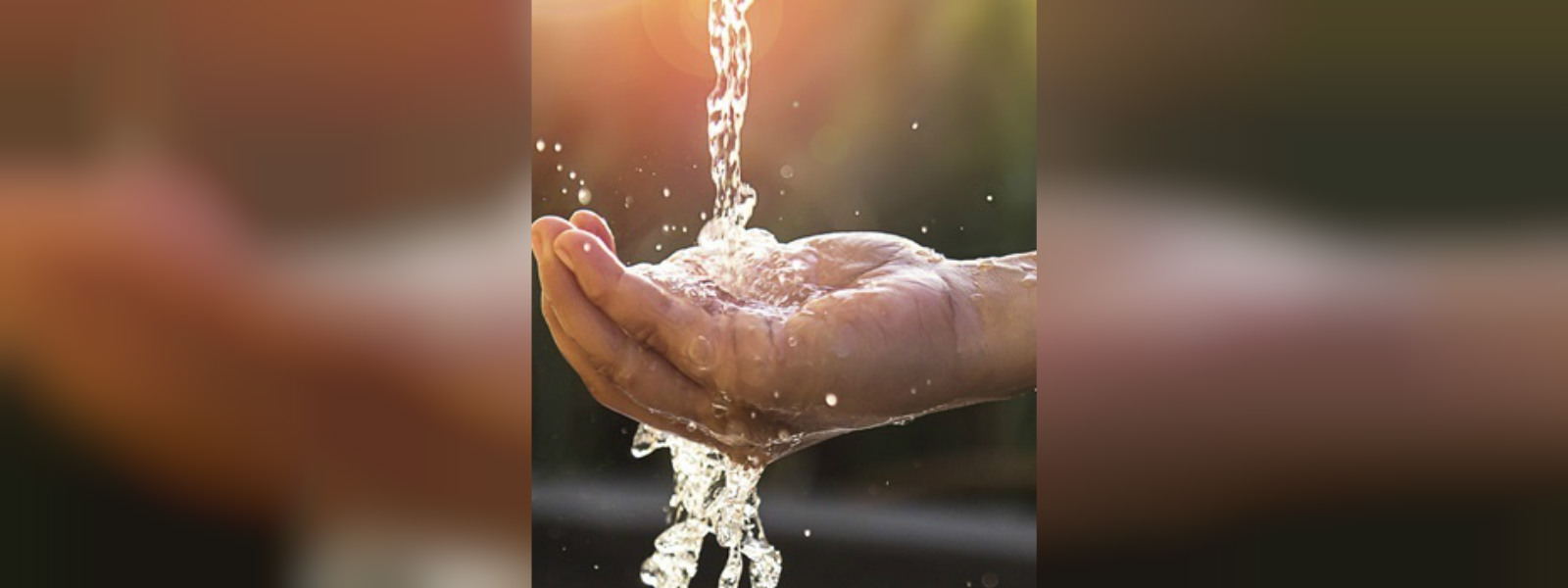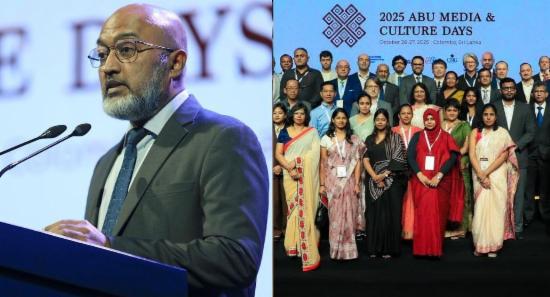.webp)

Access to Drinking Water and Water Resource Management
The Gammadda Research report on socio-economic challenges in rural Sri Lanka initiated by News 1st in collaboration with the University of Peradeniya identified access to safe drinking water as a grave issue in several communities in Sri Lanka.
Gammadda is an initiative of News 1st which is a door to door program through which the socio-economic and environmental problems of communities are identified. Gammadda Project 03 in 2018 covered all villages in Sri Lanka which were visited by the Gammadda team along with the University of Peradeniya from 28th August 2018 to 16th September 2018.
The Gammadda research report was officially presented to the library of the Oxford University on the 6
th
of June 2019.
Lack of safe drinking water One of the prevalent issues identified across several areas in Sri Lanka was the lack of access to safe drinking water. In Colombo, itself, in several villages including Puwakpitiya, Seethawaka, and Ukwatta, to name a few, access to drinking water is a problem. In Anuradhapura, lack of drinking water was reported as a major issue in addition to the lack of water available for cultivation purposes. In Puttalam, it was reported that on the one hand people could not buy purified water while on the other hand people had no access to a safe water source. Sri Lanka receives an island-wide rainfall average between 2,200 and 1,900 mm and the total annual precipitation amounts to 132 billion cubic meters (BCM) approximately while total surface runoff is estimated to be 50 BCM approximately. The annual internally renewable water supply capacity has been estimated at 43.2 BCM and annual withdrawals amount to 8.7 BCM. Therefore, there is an abundant supply of water to the island. Nevertheless, this supply of water is not available in the same manner to all areas of the island. In particular, regional areas in the dry zone such as Puttalam and Jaffna, face sparse rainfall and inadequate supply of water. Therefore, on the one hand, inadequate rainfall results in a lack of supply of water for drinking purposes. On the other hand, the poor conditions of water sources and the difficulty of purifying water from such sources also contribute to the lack of water available for drinking purposes. In Sri Lanka, most of the population obtain their drinking water from wells, hand pump tube wells, small scale rural water supply schemes, rainwater harvesting tanks, and irrigation tanks, canals, and streams. Therefore, the poor quality of water sources and groundwater, are combined factors that result in inadequate drinking water. Recommendations of the Gammadda Research report and water resource management The Gammadda Research report provides that aggregate water management strategies are mandatory and recommends that it is important to rehabilitate the traditional wells and water sources and develop a mechanism to obtain purified water from the existing water sources in order to address the drinking water issue. This recommendation highlights the prevalence of existing water sources that could be excellent sources for provision of drinking water if there was proper management of such water sources. Water resource management in Sri Lanka should begin with the development of a unifying water resources policy so that there can be an efficient and effective collection of water, storage of water, purification of water and dispersal of drinking water. The provision of healthy and clean drinking water is not to be confused with the provision of pipe-borne water. Therefore, proper drinking water may be obtained from shallow wells, tube wells, natural springs, and clean water canals. However, for this to be done these water sources must be maintained in proper condition so that the water can be used for drinking purposes. Water resource management involves the commitment of various stakeholders such as the Ministry of Water Supply and Drainage, the Central Environmental Authority, the National Water Supply, and Drainage Board (NWSDB), the Water Resources Board and the Provincial Councils. The National Water Supply and Drainage Board (NWSDB), which functions under the Ministry in charge of drinking water and is mandated to regulate the quality of water delivered to the public. The Water Resources Board is mandated to manage groundwater and monitor water quality. As drinking water is a devolved subject under the Constitution, Provincial Councils play an important role, in the provision of clean drinking water. Therefore, it is the Provincial Councils who must promote investment, development and sustainable management of water supplies in the province, promote conservation and management of water resources, look into the rehabilitation of water sources and maintaining of such sources in proper condition and assist the rural water supply sub-sector development activities. Rainwater harvesting: A sustainable option? Rainwater harvesting has also been considered as another way in which clean and safe drinking water can be provided to rural communities. This is because rainwater is one of the purest sources of water available as it is not susceptible to pollutants found in groundwater. Furthermore, rainwater harvesting saves water that would otherwise be in the sea and conserves energy as well. Rainwater harvesting tanks are used to collect rainwater that can be then filtered and used for drinking purposes however the maintenance of these rainwater harvesting tanks is essential to be able to obtain clean water from them. In conclusion, the management of water resources in Sri Lanka must be aligned with ecologically sustainable practices over the long term and requires further research and institutional involvement so that clean and safe drinking water can be provided to all communities, particularly rural communities, in Sri Lanka.Other Articles
Featured News





.png )
-819380_550x300.jpg)


-812087_550x300.jpg)
-810262_550x300.jpg)
-809496_550x300.jpg)




















.gif)